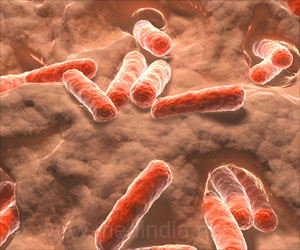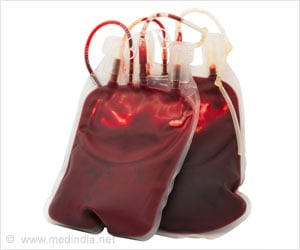A new study shows that human body surfaces are home to microbial communities, and that humans are just a hybrid creature consisting of about 10 percent human cells and 90 percent bacterial cells.
The team of gene researchers from The Institute for Genomic Research, (TIGR), in Maryland, after studying hundreds of DNA of different kinds of Bacteria in the GI system, stated that we may not be all human.
Their study and findings suggest that by studying the bacteria that are always present in our body might provide important hints to diseases, nutrition, and obesity and as to how certain drugs could work on certain individuals. The team explained in Friday's issue of the journal Science that bacteria are very important in marinating key functions in our body such as digestion, regulation of the immune system. They explained that as humans we might not be independent but truly symbiotic organisms, relying on other life forms for our existences.Steven Gill, a molecular biologist formerly at TIGR and now at the State University of New York in Buffalo, explained that as humans we are a mix of bacteria and human cells, they felt we were somehow a fusion of human cells and bacteria. He also said that here are reports that 90% of the cells of our body were actually bacteria’s. He went on to explain that humans were entirely dependent on the population of these microbial organisms for their existence. He went on to explain that a shift within this population, like an absence or presence of beneficial microbes, could produce defects in metabolism and development of diseases such as inflammatory bowel disease.
It is a well accepted by scientist’s world over that at least 50% of human faeces, and sometimes more, are made up of bacteria from the gut. Bacteria start to inhabit the intestines and colon shortly after birth, and generally adults carry up to 100 trillion microbes, with a representation of more than 1 000 different species. It was explained that these bacteria’s are not just scrounging, in our body but are actually helping humans in digesting the food eaten, which could include vitamins, sugars, and fibres, and even help in synthesising vitamins that people cannot do so themselves.
Gill said that not only have humans evolved for millions of years but that they also provide them with essential functions. Gill and his team sequenced the DNA in faeces that were donated by three adults and found that a surprising amount of it came from bacteria’s. They compared these gene sequences to known bacteria’s and to the human genome and they found that almost the entire amount of genetic material from the microbes in the lower gut had more than 60.000 different species. And that, it was explained was twice as many as those found in human genome. Gill further stated that among all he DNA sequences found in the material only 1-5% was not bacterial.
The scientists were also surprised that there were an astonishing amount of certain one-celled organisms that were genetically distinct from bacteria’s called Archaea, or archaebacteria also found. These were often found in extreme environments such as hot springs. It was also explained that all the donors were healthy individuals ho had not taken any antibiotics for over a year, as the drugs could disturb the bacteria in the body.
Gill stated that he and his team hope now to make a comparison of the gut bacteria from different people. He explained that ideal study would be to compare 20-30 people from different ethnic backgrounds, having different diet, drink and smoking habits. That he felt would give them distinct differences. He further stated that the Bacteria’s would definitely help in breaking down drugs that people take and thereby studying the effects of different populations of the microbes might provide clues on how to treat different people with various medications. While also stating that the next study will focus on bacteria in the mouth, Gill said that there are at least 800 or more species in the mouth.
Advertisement





